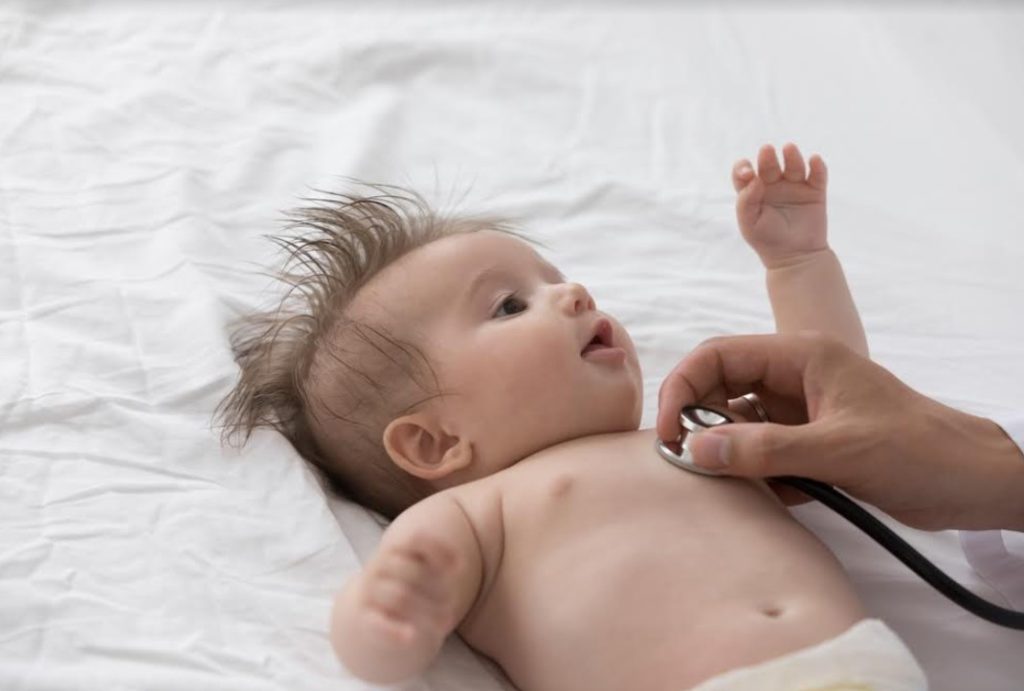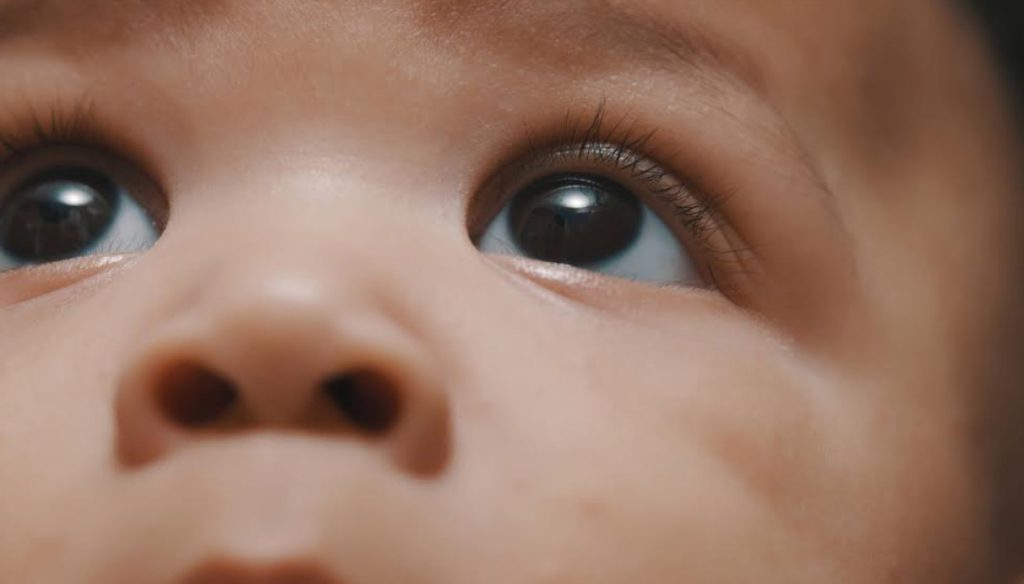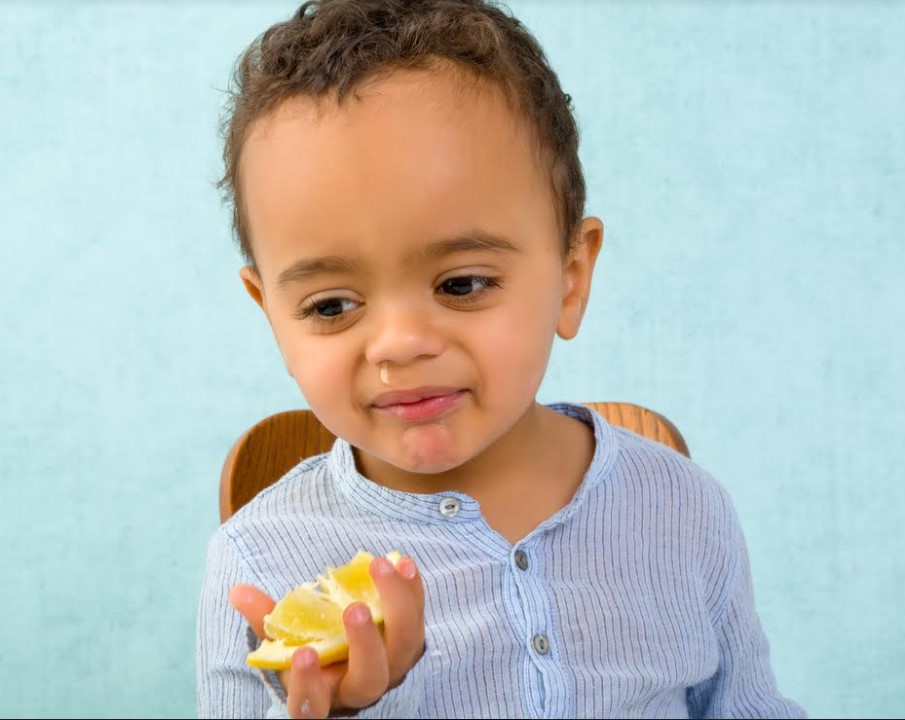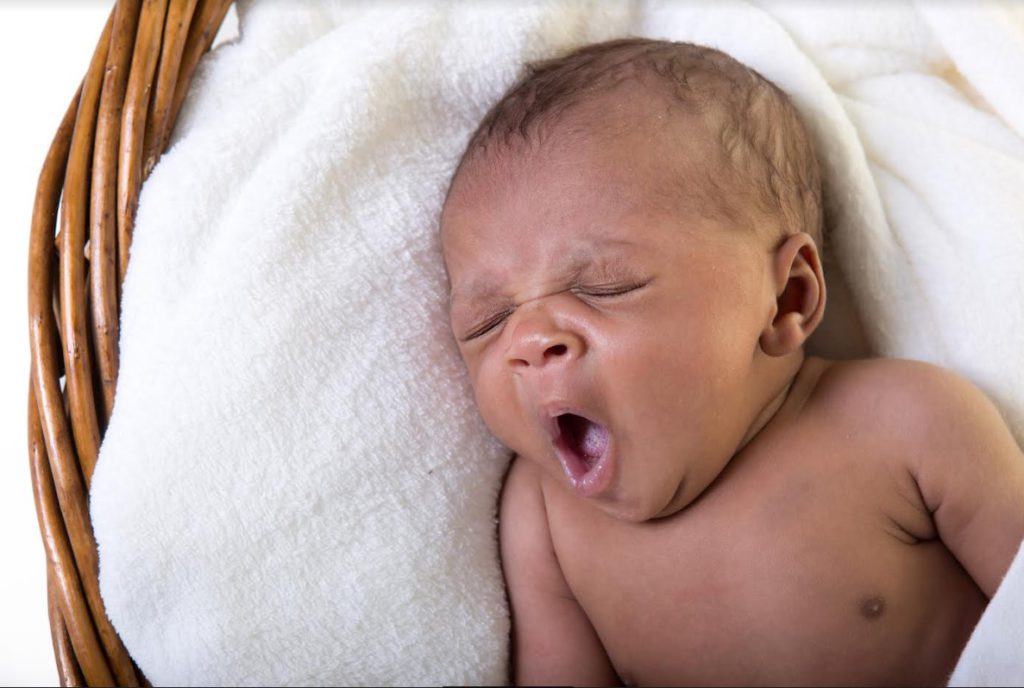Children who are undergoing respiratory distress from having trouble breathing frequently exhibit symptoms of not getting enough oxygen. Symptoms associated with breathing issues are referred to as “respiratory distress.” Children’s respiratory distress can have a variety of causes, but most often, infections, long-term illnesses, or clogged airways are to blame.
Some of the symptoms that may show that your child is not getting enough oxygen are highlighted in this article. Thankfully, knowing the symptoms of respiratory distress is the first step in knowing how to react.
Signs of Respiratory Distress
You need to look out for the following signs and symptoms to determine whether your child may be experiencing respiratory distress.
1. Breathing Rate
A child may be having problems breathing or not obtaining enough oxygen if their breaths per minute increase. Is your youngster breathing faster than usual? Count their breaths for one minute.

2. Color Changes
When a child isn’t getting enough oxygen, bluish stains may appear around the mouth, on the inside of the lips, or on the fingernails. The skin color may also appear light or gray. Check the area around the lips, eyes, hands, and feet—especially the nail beds.
If your child’s skin color changes, it could indicate that their blood circulation is inefficient or that there is not enough oxygen in their system.
3. Wheezing
The air channels may be smaller, which would make breathing more challenging, as indicated by a tight, whistling, or melodic sound heard with each breath. Keep an ear out for grunting or coughing when your child is breathing. One typical asthmatic symptom is wheezing.
4. Retraction
With each breath, the chest seems to sag in right below the neck and/or under the breastbone, which is an attempt to fill the lungs with more air. Check to see if the chest contracts with each breath, paying careful attention to the area surrounding the ribs and the collarbone.
5. Nose Flaring
When breathing, a child may appear to be working harder to breathe if their nose stretches apart. See if their nostrils enlarge when you breathe in.

6. Sweating/Clammy Skin
In cases of respiratory distress, the skin doesn’t feel warm to the touch, though there may be more sweat on his/her head. Furthermore, the skin may frequently feel clammy or chilly. When the respiratory rate is really rapid, this can occur. Check to see if your child’s skin is cool and sweaty by touching it.
The skin may feel chilly or clammy while his/her head may be sweaty.
7. Runny nose, blocked nose & sneezing
Sneezing, a blocked nose, and a runny nose are typical symptoms of a cold. Your child may have a high temperature in addition to having a cold. If allergies are the cause of your child’s runny or congested nose or sneezing, they may also have trouble falling asleep.

When allergies are the source of a runny or plugged nose, a high temperature is unusual. You should seek medical help if your child has a runny nose that smells or is bloody since there may be an obstruction in the nose.
Another cause of allergies in babies is the common infection with the Respiratory Syncytial Virus.
8. Coughing
Everyone coughs at one time or the other.
A cough assists in clearing the airway of mucus as well as debris like smoke and dust. Typically, a random cough is not a major warning sign. Coughs that are more chronic may be brought on by a viral infection or cold that generally goes away in a few days.
Coughing may occasionally be a sign of another ailment for which medical help is required. Consult a doctor if your child coughs, has a fever, is having trouble breathing, is unable to engage in typical activities, isn’t eating or drinking normally, throws up later, or has these symptoms for more than three to four weeks
9. Problems with Feeding and Drinking
Feeding and drinking issues may indicate a problem with the lungs or airways. If your child has an infection, they may have trouble breathing while eating. In addition, if your infant is having trouble breastfeeding, seek medical assistance. If your child is exhibiting symptoms of dehydration, you need to get care right once.
These include:
- Consistent sleepiness
- Having no tears when they cry
- Dry mouth
- Peeing a dark yellow color
- Long periods without urination
10. Aches and Pain
A chest infection may cause headaches, aches and pains, and chest pain. Asthma symptoms might also include a tight, painful chest. Infants do not typically complain about aches and pains, however, they might become agitated when you pick them up.
If your child is older, they might say things like, “My chest hurts,” or “I have a stomachache.” Younger children may also rub their stomachs.
11. Colored Mucus
Mucus shields your child’s airways. It pulls dirt and germs out of their lungs by trapping them. If it doesn’t function properly or if there is too much of it, mucus might be an issue. Catarrh is a buildup of mucus in your child’s airways.
Yellow, green, or brown mucus indicates an allergy or illness. However, it might not be serious or require medical attention. An example of a mild infection that doesn’t require medicines is green mucus coming from the nose.
12. Change in Body Position
In an effort to breathe more easily, your child may alter his/her posture by leaning forward or turning his head upwards or backwards.
Respiratory distress symptoms are similar to those of other diseases or ailments. For a diagnosis, always speak with your child’s primary care physician.

Three Things to Do If Your Child Is in Respiratory Distress
- Stay calm and reassure your child
- Place your child in a comfortable position, usually sitting up.
- If you think your child has a fever, take his temperature:
- In baby’s bottom (rectally) if under 4 months
- Under the arm (axillary) if he is older than 4 months
- In the mouth (oral) if older than 4 years
When to Call the Doctor
Seek medical attention if your child:
- Shows any signs of respiratory distress
- Has a fever:
- Rectal temperature is more than 100.4 F or less than 96.5 F if younger than 4 months
- Axillary temperature is more than 103 F, if older than 4 months.
- Oral temperature is more than 102 F for 3 days or more than 104 F, if older than 4 years
- Has a cough and phlegm or drainage is thick and yellow-green colored
Finally,
When your child has to work hard to breathe, it may indicate that not enough oxygen is reaching the lungs or that an illness is beginning. You should carefully look out for the signs of respiratory distress and symptoms discussed above. Keep your home surfaces dust-free, and everyone should practice good hand washing to prevent the spread of germs around your child and keep your child away from people who are sick.

